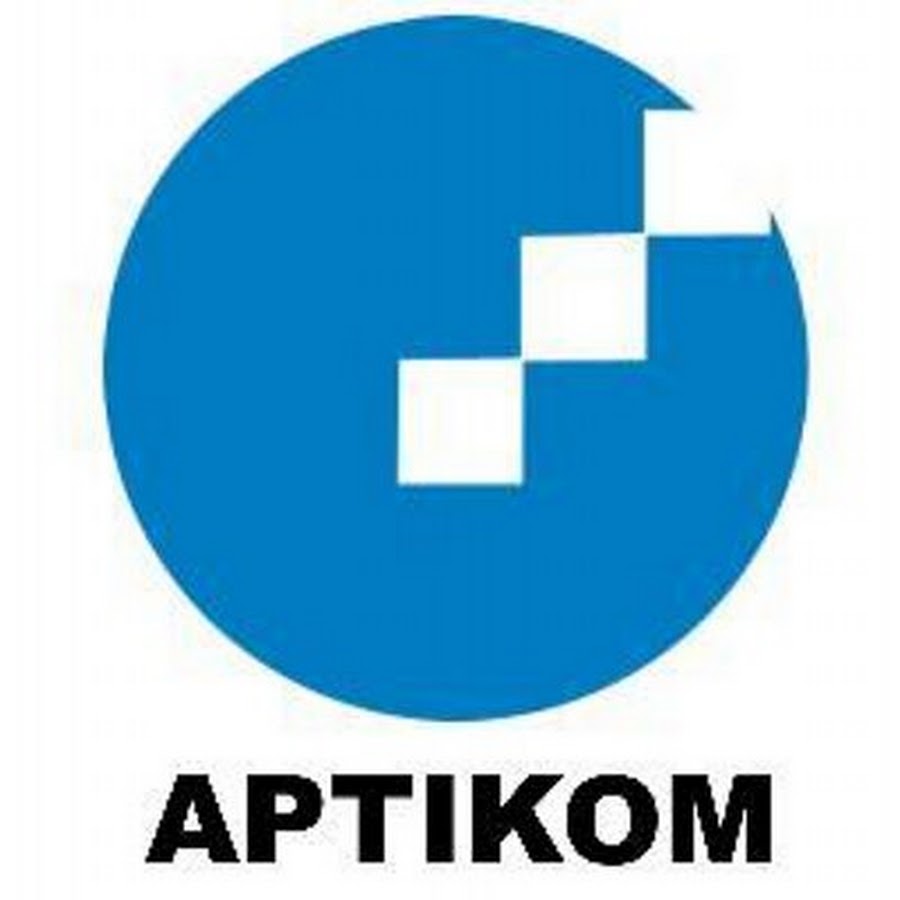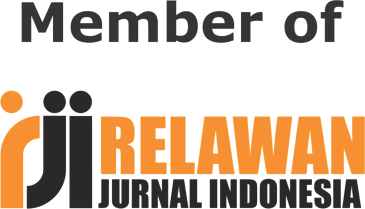Application of K-Means Cluster and Spatial Statistics using Python to Analyze the Indicators of Indonesia Information Technology
DOI:
https://doi.org/10.31849/digitalzone.v12i1.4310Keywords:
k-mean cluster, spatial, pythonAbstract
The use of computers and the internet is very important for business improvement. Analysis of its use for delineation and development plans in order to provide a better role in the business field. The problem is that there is no information technology literacy map in Indonesia that can provide an overview for national policy formulation. The research was carried out to compile a map of mastery of information technology in Indonesia by data mining from the Central Bureau of Statistics and analyzed it into 4 clusters of mastery of information technology. The presentation results in the form of a spatial statistical map showing the mastery of information technology makes it easier for executive decisions to be made, which can be followed up with education, socialization and other floating plans to increase indications of mastery of information technology to increase business success.
References
A. Shaqiri, “Impact of Information Technology in Businesses,” Acad. J. Business, Adm. Law Soc. Sci., vol. 1, no. 1, pp. 73–79, 2015.
J. H. L. Chan and C. C. Ma, “Public Health in the Context of Environment and Housing,” Prim. Care Revisit., no. April, pp. 295–310, 2020, doi: 10.1007/978-981-15-2521-6_18.
O. Király et al., “Preventing problematic internet use during the COVID-19 pandemic: Consensus guidance,” Compr. Psychiatry, vol. 100, pp. 1–4, 2020, doi: 10.1016/j.comppsych.2020.152180
Budiman, Yusrizal, and J. Damanik, “Akses dan Penggunaan Teknologi Informasi dan Komunikasi Pada Rumah Tangga dan Individu, Access and Usage of Information and Communication Technology by Households and Individuals,” vol. 15, no. 1, pp. 1–16, 2014.
Y. Pujilestari, “Dampak Positif Pembelajaran Online Dalam Sistem Pendidikan Indonesia Pasca Pandemi Covid-19,” Adalah, vol. 4, no. 1, pp. 49–56, 2020, [Online]. Available: http://journal.uinjkt.ac.id/index.php/adalah/article/ view/15394/7199.
B. Saleh, “Information and Communication Technology (ICT) Literacy of Community in Mamminasata Region,” J. Pekommas, vol. 18, no. 3, pp. 151–160, 2015.
N. Kurnia and S. I. Astuti, “Peta Gerakan Literasi Digital Di Indonesia: Studi Tentang Pelaku, Ragam Kegiatan, Kelompok Sasaran Dan Mitra Yang Dilakukan Oleh Japelidi,” Informasi, vol. 47, no. 2, p. 149, 2017, doi: 10.21831/informasi.v47i2.16079.
P. Limilia and N. Aristi, “Literasi Media dan Digital di Indonesia: Sebuah Tinjauan Sistematis,” J. Komun., vol. 8, no. 2, pp. 205–222, 2019, doi: 10.33508/jk.v8i2.2199.
B. Narang, P. Verma, and P. Kochar, “Application based, advantageous K-means Clustering Algorithm in Data Mining: A Review,” Int. J. Latest Trends Eng. Technol., vol. 7, no. 2, pp. 121–126, 2016.
M. W. Talakua, Z. A. Leleury, and A. W. Talluta, “Acluster Analysis by Using K-Means Method for Grouping of District/City in Maluku Province Industrial Based on Indicators of Maluku Development Index In 2014,” Barekeng J. Ilmu Mat. dan Terap., vol. 11, no. 2, pp. 119–128, 2017.
S. Shukla, “A Review ON K-means DATA Clustering APPROACH,” Int. J. Inf. Comput. Technol., vol. 4, no. 17, pp. 1847–1860, 2014, [Online]. Available: http://www.irphouse.com.
S. Wahyuni and Y. Aryo Jatmiko, “Pengelompokan Kabupaten/Kota di Pulau Jawa Berdasarkan Faktor-Faktor Kemiskinan dengan Pendekatan Average Linkage Hierarchical Clustering,” J. Apl. Stat. KOMPUTASI Stat. Vol., vol. 10, no. 1, pp. 1–8, 2018.
J. In and S. Lee, “Statistical data presentation,” Korean J. Anesthesiol., vol. 70, no. 3, pp. 267–276, 2017, doi: 10.4097/kjae.2017.70.3.267.
V. Loonis and M.-P. de Bellefon, “Handbook of Spatial Analysis: Theory and Application with R,” Eurostat, INSEE, no. October, p. 394, 2018, [Online]. Available: https://www.insee.fr/en/information/3635545.
C. Yuan and H. Yang, “Research on K-Value Selection Method of K-Means Clustering Algorithm,” J, vol. 2, no. 2, pp. 226–235, 2019, doi: 10.3390/j2020016.
Ni Putu, E. Merliana, and A. J. Santoso, “Analisa Penentuan Jumlah Cluster Terbaik pada Metode K-Means,” in Prosiding Seminar Nasional Multi Disiplin Ilmu & Call for Papers Unisbank (SENDI_U), 2015, pp. 978–979.
Badan Pusat Statistik (2019). Statistik Telekomunikasi Indonesia Tahun 2018.
Z. S. Al-Lamki, “The Influence of Culture on the Successful Implementation of ICT Projects in Omani E-government An Explanatory Approach Using a Multiple Case Studies Strategy from an Information Systems Perspective,” Trinity College Dublin, 2018.









